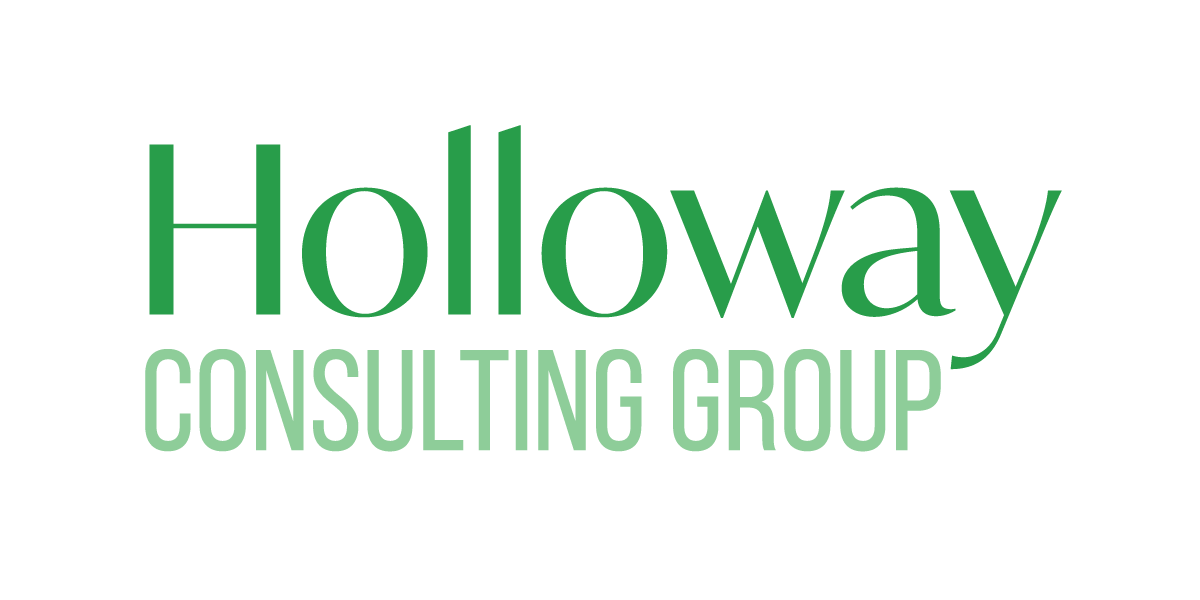I like to think of projects as a living, breathing, and evolving process — not one set in stone. For some, this viewpoint is scary. It means that at any given point, you may find a key piece of information that transforms your project.
But for others, this perspective promotes stakeholder alignment, empowers teams to grow, pivot and learn as they go, and ultimately delivers better projects.
Compared to traditional project management, which is more rigorous and structured, agile and lean projects leave room to experiment and improve continuously. And one way experienced project managers create this space is by implementing surveys throughout the project’s lifecycle.
There Is a Survey for Each Stage of Your Project
Traditionalists may consider surveys a nice-to-have element for the beginning or end of a project. But surveys are a helpful tool at every stage, allowing you to question approaches, devise new ideas, and leverage opportunities as they arise.
Before Kickoff
Use surveys during the initiation phase to:
Determine the issue or opportunity. It’s surprising how many managers jump to fix a problem without truly grasping the issue at hand. This may lead to misalignment, wasted time, and missed opportunities. Surveys at this stage can help you pinpoint the issue as perceived by the people facing it. It can also put stakeholders’ priorities into perspective and help you figure out the best path forward.
Clarify the business case. On a similar note, utilizing surveys early on means you’re better able to make a more accurate assessment of the project’s needs, propose better solutions and justify the investment. Win-win all around.
Understand customer needs and wants. Surveying prospects or past customers about your intended new project is a great opportunity to understand what they want, which puts you in a better position to provide it for them.
Prepare for risks. A risk survey allows you to identify potential risks and devise plans to prevent or address them should they come to fruition.
During Execution
You may think surveys are only helpful before or after a project. Better ask for forgiveness than permission, right?
Not quite. The execution phase is full of moving parts. Surveys during this stage can help you hone in on your objectives, maintain alignment, and find better ways to reach project milestones.
Use surveys during the execution phase for:
Feedback. Feedback from stakeholders and customers is crucial for completing a successful project. It will help you prioritize valuable features, drop unnecessary elements, and complete your project within scope, on time, and on budget.
Alignment. Surveying stakeholders throughout the project ensures you’re consistently attuned to their needs, preventing unpleasant surprises as you deliver milestones and the final product.
After Completion
Post-project surveys are perhaps the kind you’re most familiar with. These surveys are a valuable learning opportunity that lets you see how your team fared and do better in the future.
Internally, use a combination of structured surveys and open dialogue to encourage team members to share their experiences and perspectives on how the project went.
A retrospective is a good time to use a survey after a project. If you’re unfamiliar with the concept, a retrospective is usually held at the end of a project and sometimes at the end of project phases or milestones to gather intel about the phase that just ended. At its most basic, retrospectives ask three questions:
- What went well?
- What didn’t?
- How can we improve it?
Externally, use VoC surveys to hear from customers and improve your services and products over time. Surveying your customers or prospects ensures you deliver what they need — not what you think they need.
Try customer-facing surveys to collect customer feedback to measure your current performance, capture their sentiment, or prepare for new products or services.
Best Practices for Survey Development
Casual exchange is a valuable part of project management. But the most impactful surveys are carefully designed to generate valuable data that can change the trajectory of your project or confirm you’re on the right track.
Define a Goal
First, determine the data you want to collect. This step is essential for creating truly helpful survey questions, choosing a methodology, and defining your target audience.
Specificity is your BFF when setting a goal for your survey. Instead of asking, “How are we doing?” ask, “What changed between 2021 and 2022, and why are 64% of our customers leaving after three months?”
Select Your Audience
Your survey audience depends exclusively on the type of data you need to collect. Choose between stakeholders, team members, industry leaders, customers, or peers to gather the feedback you need to make informed decisions.
Pick Your Method
There are countless ways to share surveys. Email campaigns, social media, platforms like SurveyMonkey, and in-person interviews are only some examples. Choose the one that best fits your target audience, and consider combining methods for a broader reach.
Design the Questions
Asking good questions is half the success, as questions are the meat of your survey. Use the following tips when coming up with survey questions:
- Use close-ended questions. Close-ended questions make it easier to analyze results. Mix grading scales, yes or no questions, and multiple choice questions to collect varied data. And add one to two open-ended questions if you want to capture additional feedback.
- Keep it short. In order to keep the survey focused, use as few questions as possible to collect all the data you need. Shorter surveys have higher completion rates and more thoughtful participation from survey takers.
- Ask one thing at a time. Asking two things within one question will confuse your participants and muddy your data. This is called a double-barreled question. For example, there is no way to answer “Did you enjoy the movie and snacks?” with a simple affirmation.
- Be objective. Bias can have a negative impact on your data collection. So you’ll want to be mindful of keeping questions and provided answers objective to prevent influencing participants.
Leverage Survey Results
Once you’re over the collection phase, it’s time to process and analyze your data to uncover valuable findings. Use a systematic approach to make accurate assessments and extract insights with your original goals in mind.
Enroll Now in Lean for Project Managers
Lean for Project Managers is the on-demand program that breaks the Lean Methodology into actionable steps to deliver better project outcomes for your team and customers.




